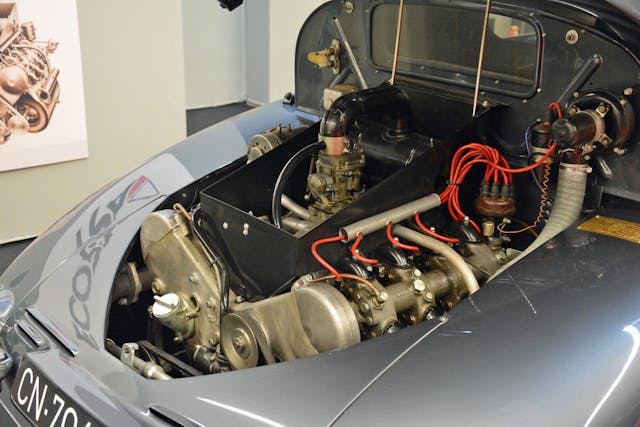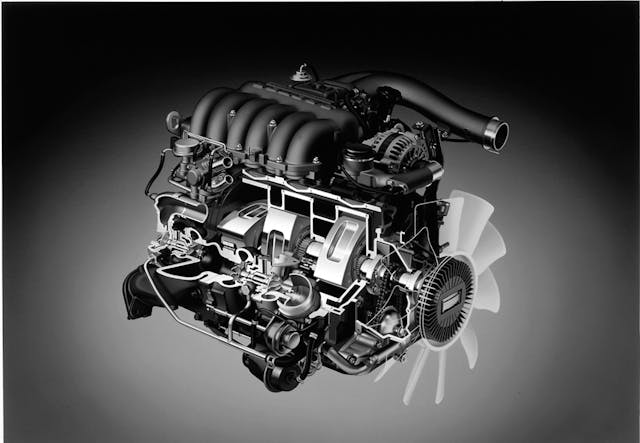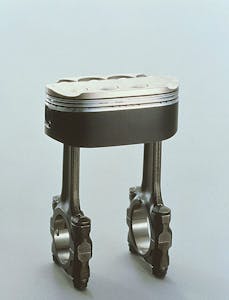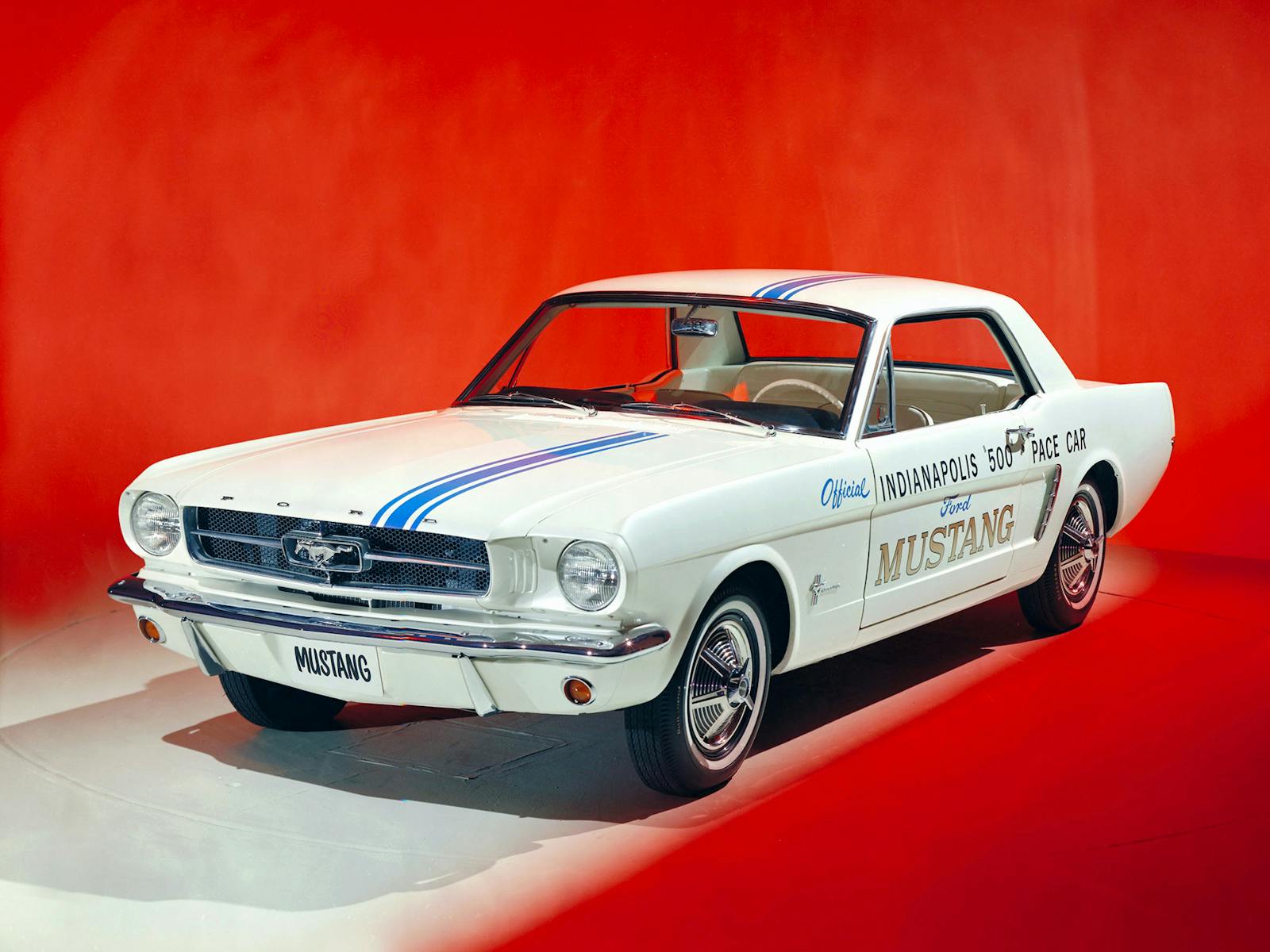5 of the strangest engines that made it to production
An engine puts the auto in automobile; without one, you merely have a carriage and have successfully shifted yourself backwards by 120 years. A century-plus of engine development has brought forth a vast array of solutions to the internal combustion problem. Virtually every person who has set their mind to building a car has experimented with the number, orientation, and even shape of the cylinders.
The best designs rose to the top of the heap, but that heap is hardly small. We thought it might be fun to shine a light (not the check engine light … ) on a few of the oddball designs that manufacturers sent out into the wild under the hoods of production cars.
Tatra air-cooled V-8

In the record books of doing something before it was cool, Tatra has a place among the greats. It was only 1937 when it built a streamlined, rear-engine, V-8-powered car that competed in endurance racing. While that’s quite the list of descriptors, our focus here is the three-liter V-8 mounted under the sloping rear sheetmetal.
That engine was air-cooled and also featured hemispherical combustion chambers. Power output was 75 hp, which rivaled the contemporary Ford Flathead V-8. The Czechoslovakian automaker thought it had a winning formula with the design and continued producing a version of this V-8 through 1975. The final iteration produced 166 hp—more than the L48-equipped Corvette of the same year.
Bugatti W-16
In a world flush with what I like to call “numbers cars”—automobiles that seemed to exist solely as barroom one-uppers—the Bugatti Veyron took things to the extreme. It took just about every number associated with a performance engine and doubled it, or 16x it, if you want to talk about heat exchangers.
If eight cylinders in a V is good, why not make it 16 cylinders and a W? Seeing the bare block of the W-16 engine is a confusing moment if you aren’t familiar with how the packaging works. The goal is to fit the 16 bores into the most compact package possible, which means staggering them so that all sixteen don’t sit on the same centerline. Interestingly, multiple Volkswagen models received narrow-angle V-6 and V-5 engines, which are essentially one bank of this W engine with two and three fewer cylinders, respectively.
Wankel rotary

The concept of an internal combustion engine requires compression, and the easiest means of achieving that was a reciprocating piston. German engineer Felix Wankel penned a compact design that could fit the four phases of the Otto cycle (intake, compression, combustion, exhaust) into one revolution of the rotor. In fact, there are three combustion events for each rotation of the rotor, but the geared output shaft spins at three times the rotor speed. This gives you one combustion cycle per rotor per revolution of the output shaft. Mazda is the manufacturer most closely tied to the rotary design, having installed it in a number of capable sports cars after it acquired the tech in 1961.
There are drawbacks, though. The apex seals at the tip of the Reuleaux triangle rotor have a shorter life expectancy than their piston-ring brethren, and oil consumption is significantly higher than in a reciprocating engine. There are fewer parts to fail—which, on the surface, makes it attractive in an era of long warranties—but the rotary’s thirst for fuel and relatively high emissions makes it a tough sell in the modern market.
Chrysler turbine
Yeah, I’m stretching a bit here calling this a production car, so save your comment. The fact that Chrysler even considered a turbine power plant for a street car is so absurd it has to be discussed. The plan was simple: Shove Chrysler’s fourth-generation gas turbine into a midsize, two-door chassis. It was 1963, and there was really nothing to lose.
The Chrysler turbine team had a lengthy list of upsides to the alternate engine: “Reduced maintenance, longer engine-life expectancy, development potential, 80-percent parts reduction, virtual elimination of tune-ups, no low-temperature starting problems, no warmup period, no antifreeze, instant interior heat in the winter, no stalling because of sudden overloading, negligible oil consumption, low engine weight, no engine vibration, and “cool and clean” exhaust gases” were all cited in period literature.
The reality was that 130 hp and 465 lb-ft put through a three-speed Torqueflite automatic (sans torque converter, because it was not needed) were simply underwhelming and, paired with the cost of production, just didn’t add up to a winner. Chrysler shelved the idea and crushed 46 of the 55 cars produced. Most of the nine survivors are in the custody of museums.
Honda NR750

Need a reminder that racers in modern times are racing the rulebook, not each other? I give you the Honda NR750. In the early 1990s, Grand Prix racing was dominated by two-stroke engines, but Honda wanted to put a four-stroke on the grid. Specifically, a four-stroke V-8 packed into a motorcycle frame. The catch? The rulebook stipulated just four combustion chambers.

So Honda went the unconventional route and blended the eight cylinders together to create four oval cylinders. That makes an engine with a bore x stroke measurement that requires three numbers. The 101.2-mm x 50.6-mm x 42-mm bore and stroke made for a final displacement of 748 cc. Each of the oval pistons is supported by two connecting rods.
Since we stretched our definition of “production” engines, we’ll open up the comments to explore other low-volume engines as well. Do you have a favorite?

